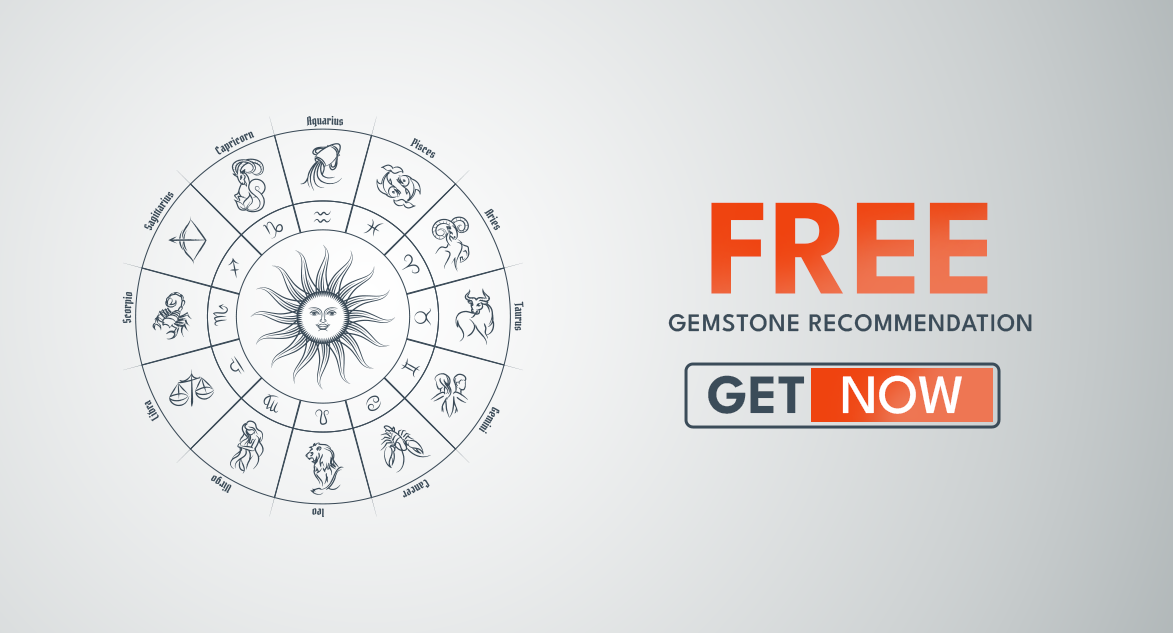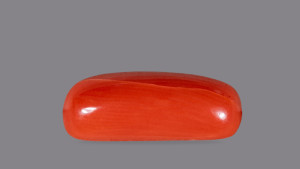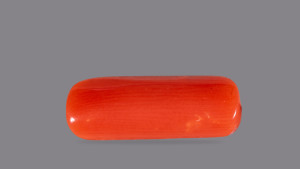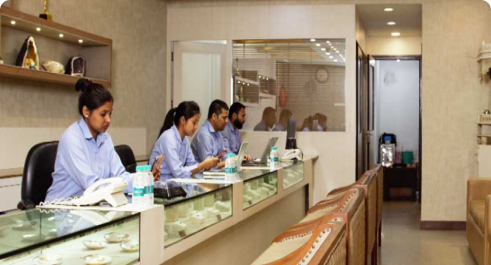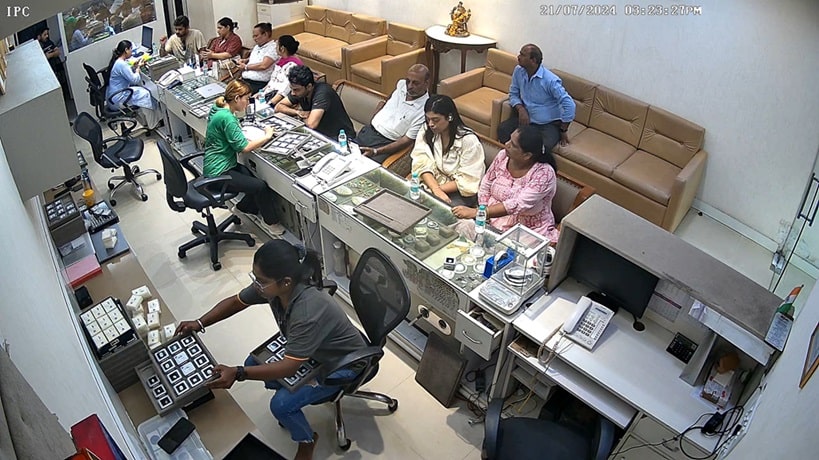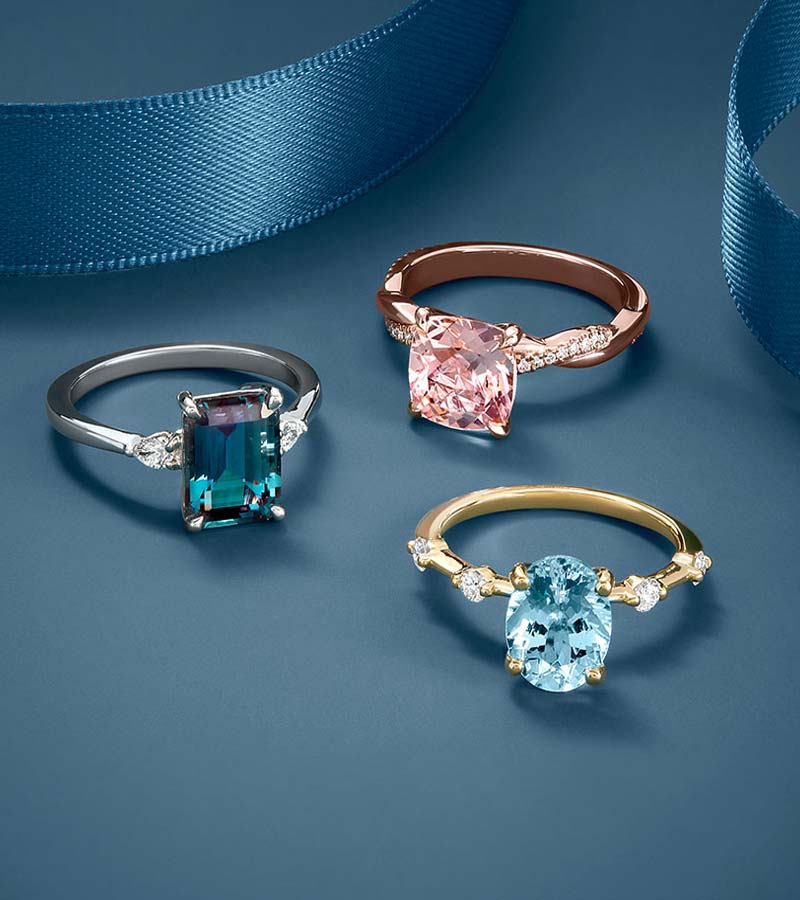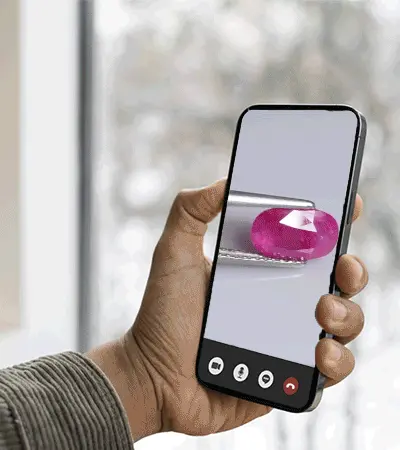While many of us admire the vibrant, deep red coral stone for its natural aesthetics and unique composition, others value it for its astrological and metaphysical properties.
Red coral or Moonga stone holds special astrological significance as it is associated with the planet Mars (Mangal). By wearing this stone, one can expect to gain courage, confidence and success in life.
Unfortunately, the gemstone market is flooded with fake red corals, mostly made of glass, plastic or dyed substances. Many sellers also try to offer treated or synthetic products in the name of the original red coral stone.
Therefore, it’s essential to know the key characteristics of an authentic red coral. Let’s find out how to identify a real Red Moonga stone from a fake one –
Real vs. Fake Red Coral: Key Differences
Here are some significant differences between real and fake red coral or Laal Moonga stone –
Organic Formation vs Artificial Formation
Natural red coral stone is formed by the skeletons of polyps under the oceans. These are actually organic structures made of calcium carbonate.
Fake red coral is manufactured from plastic, glass or compressed resins that resemble the colour but miss the natural formation procedure.
Colour and Hue
-
As a natural formation, red coral stone appears in deep red, or somewhere between orange-red and pinkish-red shades. You can also find minor variations in tone and uneven colour distribution in these natural stones.
-
Being manufactured, fake coral often comes with a uniform and excessively vibrant colour, which makes it look unnatural. With time, the dyed colour often loses its glory, making it pale.
Textured Surface
-
A real red coral stone should have an even yet slightly irregular surface. After inspecting closely, you may see the presence of fine natural pores.
-
You can never get the red coral stone benefits if it has a flawless, glossy finish, which is a straight indication of its artificial manufacturing.
Structural Appearance as Magnified View
-
If you examine a real red coral under a magnifying glass, you can see its grainy or fibrous appearance.
-
On the contrary, artificial coral doesn’t bear these natural structures.
Responding to Weight and Temperature
-
These moderately heavy red coral stones tend to remain cool even when held for a long time.
-
Artificial coral is lighter since most of them are made of plastic. These can heat up fast after coming in contact with the skin.
How to Select and Buy Red Coral (Moonga)
Methods to Identify Real Coral vs. Fake Red Coral
There are some reliable testing methods to differentiate an authentic Moonga stone from a fake one.
Visual Test
Look for a vibrant and uniform colour that comes with a smooth, matte finish. The deep red colour of superior Moonga stone is often compared to ‘Ox Blood’ red. A subtle touch of imperfection ensures its naturalness.
Magnification Test
To know if the red coral is real or fake, place it under a jeweller’s loupe or microscope. If the appearance shows fine natural grains, subtle imperfections and organic patterns, consider the stone as real.
On the contrary, fake corals made of glass and plastic look too smooth and flawless, without any sign of natural textures.
Water Test
Put a tiny drop of water on the surface of the coral stone. In the case of a real coral, the drop will not fall due to its porous nature, even if you rotate the stone. As a fake coral stone made of plastic or resin, it will fall down.
Acid Test
Another trusted method to examine a real red coral is the acid test, which should be performed carefully. Put a small drop of lemon juice or vinegar on the stone. If you see tiny bubbles or effervescence due to the presence of calcium carbonate composition, it’s a genuine red coral stone.
However, a synthetic coral made of glass, plastic or resin won’t react. It’s suggested to perform the test by a professional gemologist to avoid damage to the gemstone’s polish.
Which Zodiac Signs are Suitable for Wearing Red Coral ?
Real vs Fake Red Coral – Go with Certified Gemstone
Whether you want to buy gemstone online or offline, try to purchase the red coral stone that comes with a gemological certificate issued by a trusted lab. Buying from a trusted seller like Brahma Gems, which only sells certified gemstones, is the best way to avoid fake or synthetic gemstones.
FAQs
How can I identify red coral at home?
You can conduct some basic tests, like touch tests, acid tests, and water tests at home to identify a genuine coral. However, the best way to ensure the identification is to go for a gemological test conducted by professionals.
Do real Red Coral stones have a smooth or rough texture?
Due to their natural origin, natural red coral stones typically have a slightly rough or granular texture. But fake corals made of glass or plastic feel extremely smooth and slippery.
Where does the best red coral come from?
Naturally formed from the skeletons of polyps in the deep sea, the real red corals are mostly found in the Mediterranean Sea (near Italy and Tunisia), Japan and Taiwan.
 +919953660004
+919953660004 +18886144437
+18886144437 +44
8081965700
+44
8081965700







